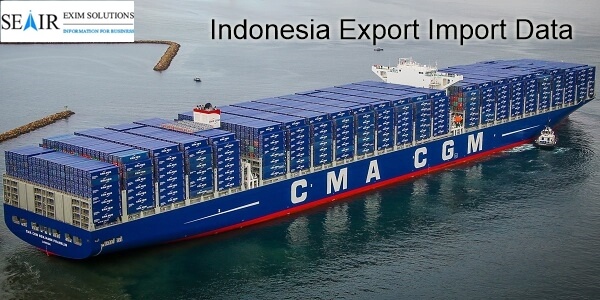Kenya Import Data- Intelligence Import Trade Report
The import data of Kenya contains information and statistics of the containers that are received by the country through various transport modes. The shipping details that can be collected from the different areas mainly include:
- Date
- Importer
- Address of Importer
- Supplier
- Address of Importer
- Name of origin country
- HS Code
- Description of Product
- Quantity
- Unit
- Total Value KES
- Total Value in USD
- Name of Port where the container will be Unloaded
- Transporting Mode
- Port of shipment, etc.
To provide authentic data, the collection of Kenya import statistics are done from sources like Port Authorities, Trade Associations, Custom Departments, Shipping & Logistics Companies, and Government Bodies. This information from Kenya trade data can be considered to be the best source through which a trader or organization can have full visibility of the importing activities in which the country is involved.
According to the Kenya custom import data, the country had mainly imported the following in large amount in the year 2019:
- Mineral fuels & oils of 19.3%
- Machinery of 9.53%
- Electrical machinery & equipment of 7.36%
- Iron & steel of 5.32%
- Vehicles of 7.02%
- Plastics of 4.26%
- Cereals of 4.98%
- Pharmaceutical Products of 3.24%
- Fats and oils of Vegetable or Animal of 3.26%
- Paperboard & Paper of 2.26%.
These ten commodities that were imported were accounted for about 64.27 percent of the total imports in the year 2019. The fastest-growing commodity category among these was plastic as it had shown an increase of 7.7% from 2018.
Kenya import shipment data reveals the top importing partners of Kenya and their shared value in the importing activities are:
- China with 20.8%
- India with 9.9%
- United Arab Emirates with 9.5%
- Saudi Arabia with 7.2%
- Japan with 5.5%
- South Africa with 4%
- United States with 3.4%
- Indonesia with 2.8%
All these countries, according to trade data accounted for around 68 percent of the overall import value of shipments, of which near about 67.5% value was of Asian countries.





Comments
Post a Comment